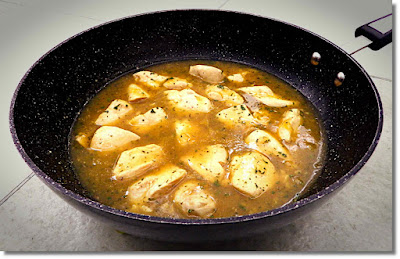Lemon Montecaos & A Lemon Drop Cocktail Afterthought

These biscuits are my modest (token, you might say) contribution to Christmas food this year. It may be a modest effort but it's a wonderfully simple recipe to put together and that's got to be a good thing. They're really pleasing with coffee and they're not just for Christmas. Confusingly, this montecaos recipe is based on a French interpretation of an Algerian original that I came across a few years ago and they're sort of remote cousins of the mantecados that are made around Christmas time in Spain. The traditional Spanish mantecado recipe uses pig fat (manteca de cerdo means pork fat or lard, or so I'm told) but North African biscuits, not surprisingly, replace the pig fat with oil. It's best to use a fairly neutral oil in this recipe to avoid more powerful oils dominating the taste. Cinnamon is often used as the primary flavouring but there are many variations such as orange, almond or coconut. I've used lemon because I love it and it makes me thin









